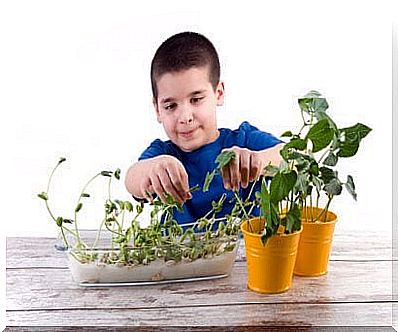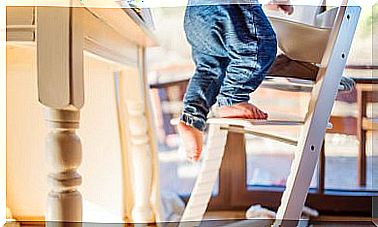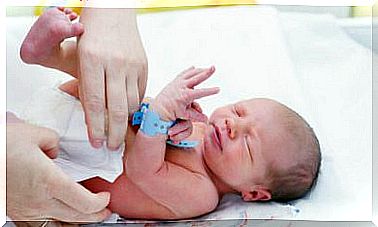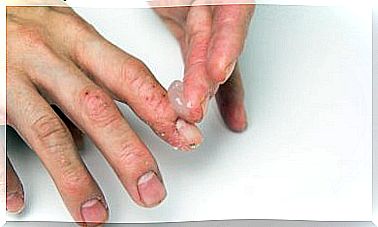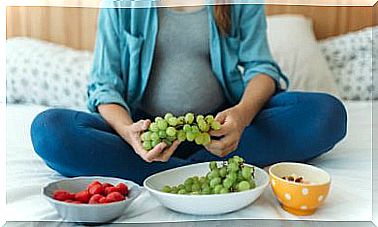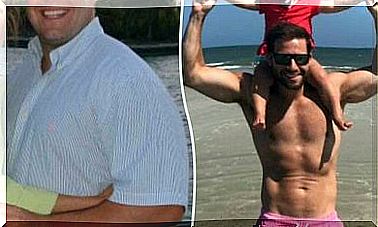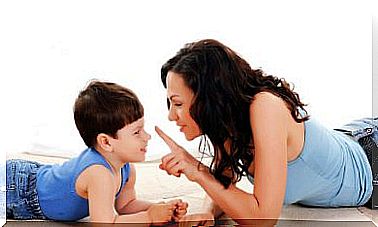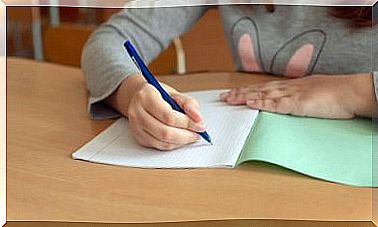4 Experiments To Do At Home With Children And Stimulate Their Creativity
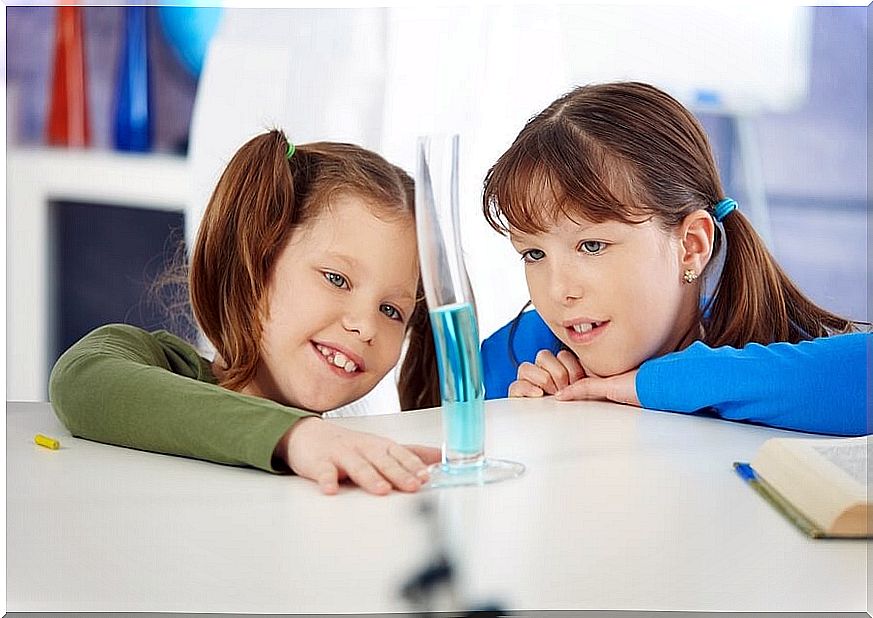
Experiments to do at home with children are easy, simple and inexpensive, using materials that are usually found in the home. Without a doubt, it is a great way to share with the family and understand in an entertaining way the physical laws of the universe.
4 experiments to do at home with children and have fun
Children really enjoy experiencing new things. So rest assured that you will love this experience.
1. Liquid rainbow
This experiment is very eye-catching and fun for children. The guidance of parents or another responsible adult is important to avoid accidents.
Materials : 1 glass bottle, alcohol, honey, green liquid soap, dishwasher, olive oil, food coloring, 1 dropper.
Instructions : pour the honey into the glass jar directly to the bottom, without touching the sides; also add the liquid soap. In addition, mix water with purple or blue food coloring and pour it on top of the liquid soap.
Next, add a thick layer of olive oil, always in the center, without touching the sides of the pot. Finally, dilute red food coloring in alcohol and, with a dropper, let it drain through the inside of the bottle. You must be careful not to place it in the center like the previous ones, as the rainbow is spoiled.
The scientific explanation for this experiment is simple: the density of different liquids is what the rainbow achieves. Liquids that are denser due to their weight remain at the bottom; the lighter ones stay on the surface. In addition, because they have different densities, the liquids do not mix with each other.

2. Eggs that float and eggs that sink in water
Opting for these experiments to do at home with children will be an excellent idea. To the little ones it seems magic; however, it has its rational explanation.
Materials : 2 eggs, water, salt and 2 containers.
Instructions: put an egg in each container with water, allow the little ones to observe what happens next. They will see that one of the eggs sinks and the other remains afloat.
They will think that eggs are different. Later, the eggs are changed in the containers; The same will happen, the egg that previously remained afloat when changing the container now sinks and the same happens to the other egg.
The scientific explanation is that one of the containers contains water with salt, which modifies the density of the water. Under normal conditions, the egg weighs more than water. However, if enough salt is added to the water, its density becomes greater than the egg, so the egg floats.
In particular, you can test this experiment by placing an egg in a bowl of water and gradually adding salt. You can see how the egg rises slowly, to the point of floating on the surface.
3. Dancing worms
Materials : gummy worms, water, vinegar, baking soda and a clear glass.
Instructions: cut the worm into four pieces lengthwise; then put it in a glass of warm water with three tablespoons of baking soda for 15 minutes.
Then, remove them from the glass with a fork and place them in a glass with vinegar. Immediately, the worms fill with bubbles and rise to the surface. When the gas bubbles burst they return to the bottom, fill with bubbles and rise again. This process is repeated several times until one of the reagents is finished, the baking soda or the vinegar.
The explanation for this experiment is that mixing the baking soda-filled worms with the vinegar produces a chemical reaction that causes gas bubbles. That is, carbon dioxide around the gummy worms. In this way, the upward and downward movement is caused, which gives the impression that the worms are dancing.

4. Separate the pepper from the water
The experiments to do at home with children stimulate learning during their free time and strengthens family ties. This one, which only requires common ingredients in any kitchen, is a clear example of this.
Materials : 1 deep plate, soap, black pepper, and water.
Instructions: in a deep plate, put enough water and sprinkle just a little black pepper. When you insert your finger, the pepper does not move. However, if you put soap on your finger and put it in the water, you can see how the pepper is removed from the center of the plate.
The reason is that pepper floats on the surface of the water, where there is a firmer layer of water called surface tension. However, when filled with soap, this surface tension decreases in the center, allowing the pepper to drift away.
In conclusion, there are many benefits of experiments to do at home with children, in addition to being easy and very entertaining. Practice them and in no time you can have a child interested in science.
